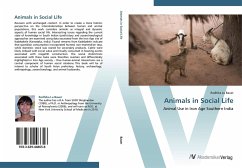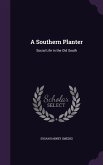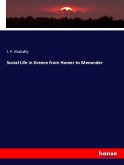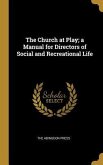Revision with unchanged content. In order to create a more holistic perspective on the interrelationships between human and animal populations, this work considers animals as integral and dynamic aspects of human social life. Intersecting issues regarding the current state of knowledge in South Indian (pre)history and zooarchaeological approaches are examined using data excavated from the Iron Age site of Kadebakele (Karnataka, India). Faunal remains from Kadebakele indicate that quotidian consumption incorporated hunted, non-mammalian taxa, while domestic stock was reared for secondary products. Cattle were likely imbued with social value and ritually consumed in feasting events associated with megalith construction. The social distinctions associated with these tasks were therefore overlain and differentially highlighted in Iron Age society thus human-animal interactions are a central component of human social relations. This book will be of interest to scholar of South Asian prehistory, history, archaeology, anthropology, zooarchaeology, and animal husbandry.







